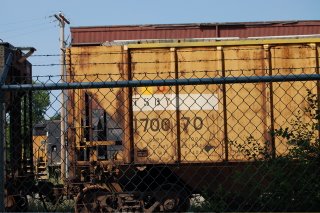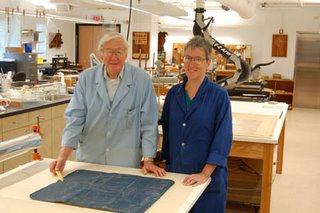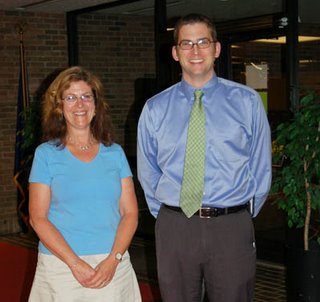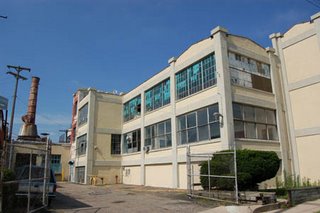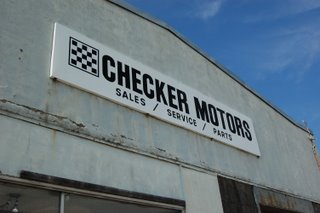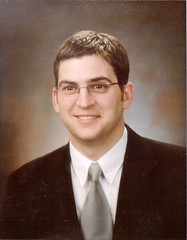And it is fun.
The concert brought about 85 people to the Michigan Historical Center, about 50 had never been to the Center before. We ran a power point of historic images above the stage that garnered many questions and comments. Not huge numbers but mission accomplished nonetheless.
For the past year I have been working on the finer points of a "Michigan Heritage Collection." The focus is Michigan Artists from original manuscripts to music scores to comic art. While some may argue that these types of materials have little research value, I would counter that it is an issue of relevance. The more we can show the importance of documentation in various parts of our life the more relevance our institutions and collections will have.
Let's face it, many people see historic documents as nothing more than an aesthetic novelty or money making venture on Antiques Roadshow or Ebay (ever been to Bennigan's?). Or historians see the arts (music and movies!) as inaccurate or too sentimental.
I am not suggesting we substitute academic rigors for movie night or a sing along. But, if I host a concert or film that has 50 new visitors and can talk to them about our facilities and expose them to our collections, I would want to do a concert every week (ok, maybe every month--lots of work).
If Woody Guthrie's song about the 1913 Italian Hall disaster in Calumet, MI makes someone curious about the details of that fateful Christmas Eve or John Sayles' "Matewan" makes someone curious about labor history, I say "great!" and don't worry about what others might think. The arts spark our imagination. The materials in our collections fuel our curiosity. So give yourself a break, sometimes it is ok to watch the movie before you read the book.
Check out the band Steppin' In It's website at: www.steppininit.com or www.jensygit.com They have free audio streams. Another great Michigan artist is Sufjan Stevens.
Jen warms up the crowd

 Steppin' In It knocks out the standards.
Steppin' In It knocks out the standards.One last request. If you read this, post a comment. Writing a blog is a two way street. It helps build community when we talk about issues whether we agree or not.




